
Mastering Adobe Photoshop: A Complete Beginner’s Tutorial for Photoshop Basics
Welcome to our guide to Photoshop tutorials for beginners: A Complete Beginner’s Tutorial for Learning
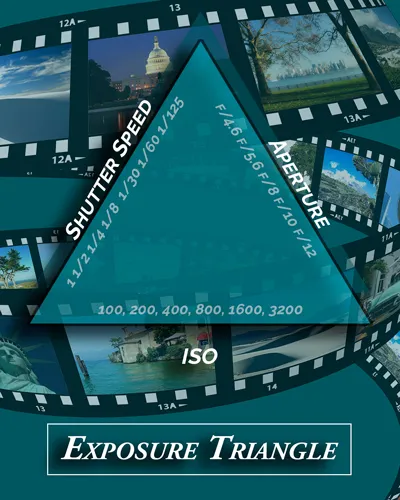

Exposure in photography is simply the quantity of light gathered by your camera.
Exposure is the measure of how much light enters your camera’s sensor and produces visual data over time. It can take a nanosecond or several hours.
In photography, light is everything. The brightness of a photo is determined by the number of photons that reach the camera sensor. A darker image was exposed to a lower number of photons than the brighter image, meaning that it received less light. There are three ways to control exposure: shutter speed, ISO, and aperture. You control how long you expose an image (duration), how far away your subject is from the light source (distance), and how large the opening in your lens is (aperture). These three factors work together to create the exposure triangle.
Light is phenomenal. It acts like both waves of energy and particles. Wave-particles impact how light behaves inside and outside the camera and lens.
To produce the best possible images, it is important to understand how light works and how cameras capture images.
Intensity of light is measured by its luminance (EV), but this number doesn’t tell the complete story; cameras can capture different levels of light. A “properly exposed” image has an EV 0 baseline, but there are many things that can go wrong when taking pictures.
It’s important to be realistic about our expectations and understand how changing camera settings will affect our exposure before making any changes.
Your best friend in getting that perfect exposure will be the histogram on the back of your camera.
The exposure triangle in photography describes the rapport between shutter speed, ISO, and aperture. These three parameters are at the heart of every exposure, whether you’re shooting film, DSLR or a mirrorless camera.
The exposure triangle is a graphical representation of the three factors that affect exposure: aperture, ISO, and shutter speed.
By understanding and manipulating these three elements, photographers can fine-tune the overall exposure of an image.
A fundamental idea in photography known as the “exposure triangle” states the optimal exposure of a picture depends on the interaction of three factors: aperture, shutter speed, and ISO.
By understanding and manipulating these three elements, you can fine-tune your camera to create the perfect exposure for your photos.
The three basics of exposure are:
The size of the lens opening is referred to as the aperture. It regulates the amount of light entering the lens. The bigger the opening, the more light it lets in; the narrower it is, the less light it lets in.
Regulates the amount of light hitting the camera’s sensor. The speed at which the shutter of a camera closes. A slower shutter speed provides a longer exposure, while a faster shutter speed shortens the exposure.
The sensitivity of the camera’s sensor is controlled by ISO. The lower the ISO, the less light-sensitive the sensor is.
Adjusting each setting can make your image lighter or darker, and adjusting all three settings together can achieve the desired results.
Shooting in program mode will help balance the three basic exposure settings automatically, but it’s important to understand each setting’s relationship to one another if you want to take control of your images.
Program mode is helpful. Learning to use manual or semi-auto modes like aperture priority and shutter priority can give you more control over the exposure of the photos.
Shutter speed, ISO and aperture DON’T work independently; you must balance all three.
The exposure triangle is used to achieve the best exposure, or at least one that you are happy with.
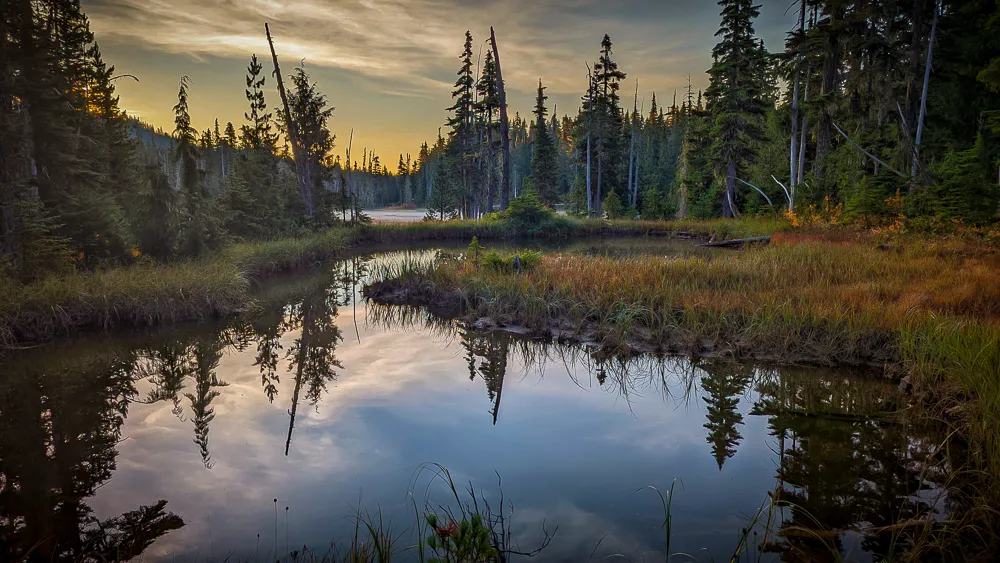
Let’s start with a discussion about a stop of light. Understanding what it is, why it exists and what does “exposing correctly” mean?
In photography, understanding the exposure triangle (not to mention how to add or take away stops) is key in getting a properly exposed picture. Changing your aperture by one stop will brighten an underexposed photo while also decreasing shutter speed by two stops will darken an overexposed image. Changing ISO may be needed as well. Let’s look at this more closely.
ISO stands for International Organization for Standardization. ISO is a global organization dedicated to the development of voluntary standards and their adoption by member countries. These standards are implemented consistently in all countries.
Photographers need to know and understand ISO settings for a correct exposure.
This scale, like shutter speed, is simple to understand. A one-stop increase in exposure is equivalent to doubling the ISO. The exposure is reduced by one stop when the ISO is halved.
For example: 100 to 200 is 1-stop, 2-stops would be 400, 3-tops is 800 etc….
Aperture is the size of the opening in the lens. More light enters the sensor as the hole gets wider. Doubling the size of the hole doubles the amount of light or increases the exposure by one stop. Halving the size of the hole reduces the light that reaches the sensor, reducing the exposure by one stop.
Knowing how to use aperture will help you control the amount of light that gets to the sensor and produce images with a desired depth of field.
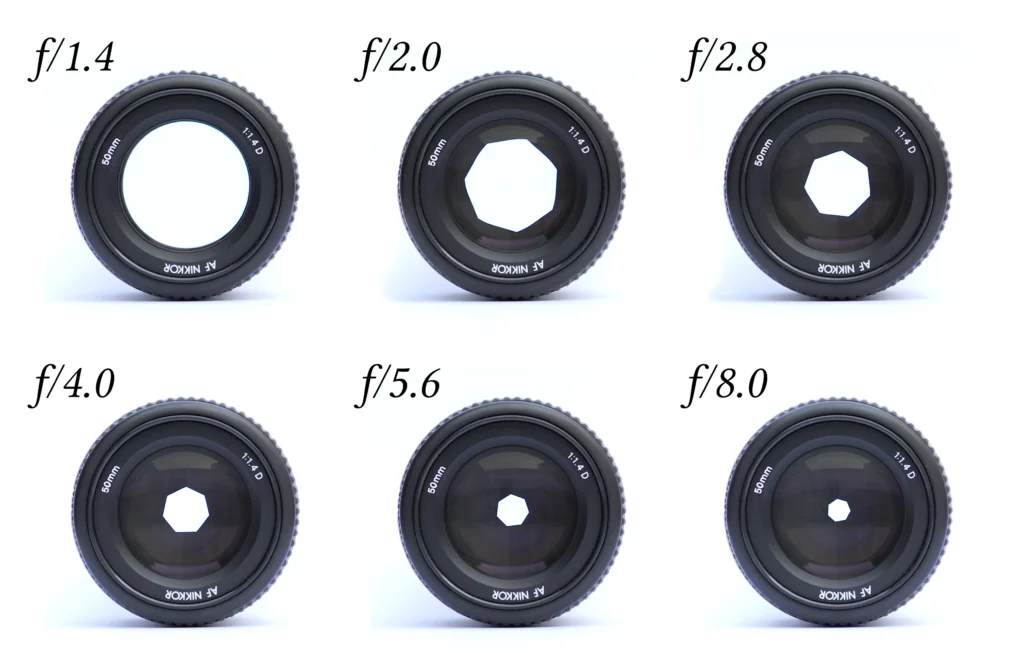
Shutter speed is the rate at which the camera’s shutter opens and closes. Think of them as blinds. A quick shutter speed results in a shorter exposure time, whereas a slow shutter speed results in a longer exposure.
Shutter speed is the length of time a camera’s sensor is exposed to light.
Shutter speed can be controlled manually or through automatic settings on your camera.
The way aperture, shutter speed, and ISO are measured is part of what makes the exposure triangle so difficult to grasp. “Stops” are used to measure all three components. One stop of light means doubling or halving.
Shutter speed and ISO are straightforward: Shutter speed is measured in fractions of a second, example, 1/250th. Moving the shutter speed up one stop increases the shutter speed to 1/500th of a second, which is twice as quick. Moving the shutter speed down one stop reduces it to 1/125th of a second, which is twice as slow. It’s simple to understand how stops may double or halve the light.
ISO is expressed in whole numbers, such as 100, 200, 400, and so on. Moving from ISO 400 to ISO 800 increases the light sensitivity. Moving from ISO 400 to ISO 200 reduces light levels by half. Again, easy-peasy to understand ISO.
The aperture is the most difficult element. Though it is also measured in stops, often known as f-stops, the figures are misleading in two ways: First, the aperture value is the inverse of the opening size. A big aperture is signified by a tiny number, such as f/1.8. A big value, such as f/22, denotes a small aperture.
Check out the relationship in the graphic above, outlining many of the common aperture values. Second, f-stops don’t occur in nice, even numbers like shutter speed and ISO. So, if you’re shooting at f/4, to double the amount of light entering the lens, you’d need to change the aperture to f/2.4.
To cut the quantity of light in half, increase the aperture to f/5.6. The good news is that you don’t have to remember the aperture f-stop values (or for shutter speed or ISO). What’s crucial is that you understand how each option affects the exposure. As long as you remember that a bigger aperture number shows a narrower aperture and vice versa, you’ll be OK.
You now have a greater knowledge of the various settings, including how they interact.
I realize it’s a lot to remember.
But don’t give up, I’ve spent hundreds of hours taking images and experimenting with these settings.
The goal is to put your knowledge into practice, and with more practice, you will have a deeper grasp of the exposure triangle.
The exposure triangle is the concept of adjusting three elements that make up a successful and properly exposed photo.
The exposure triangle is a visual way to understand how to get the best photo by balancing aperture, shutter speed and ISO.
The three elements of the triangle are related – changes in one affect the others.
One of the most important photography terminology is exposure. When you snap a photograph, you click the shutter button to open a camera’s shutter, allowing light to enter and elicit a reaction from a sensor.

Welcome to our guide to Photoshop tutorials for beginners: A Complete Beginner’s Tutorial for Learning
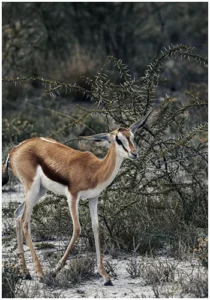
Creating stunning images is all about nailing the perfect colour grade. It’s what makes your
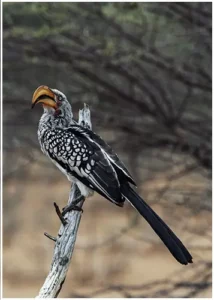
Are you a visual storyteller looking to take your work to the next level? Have you